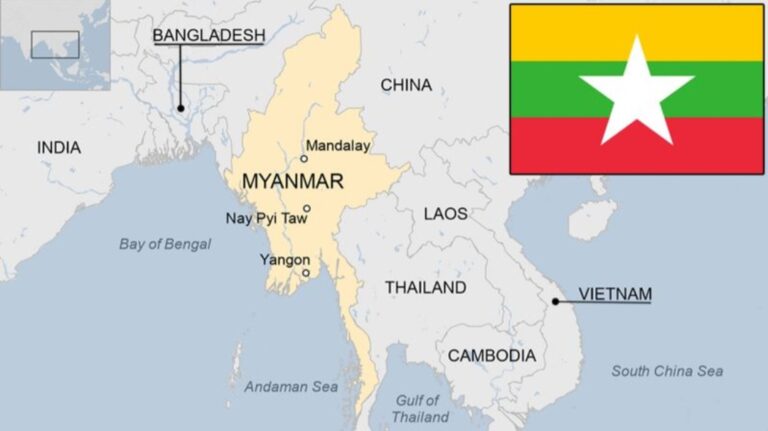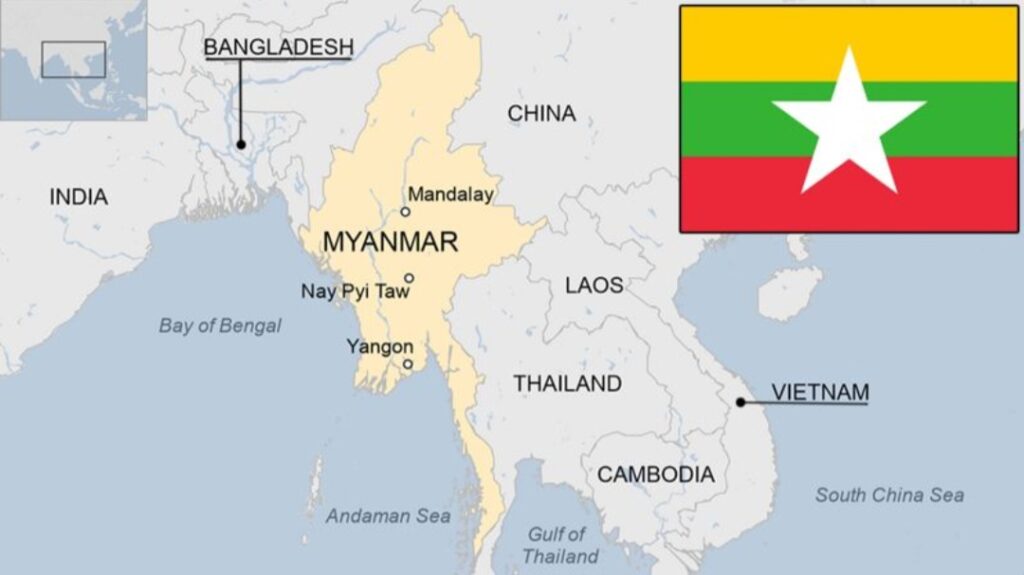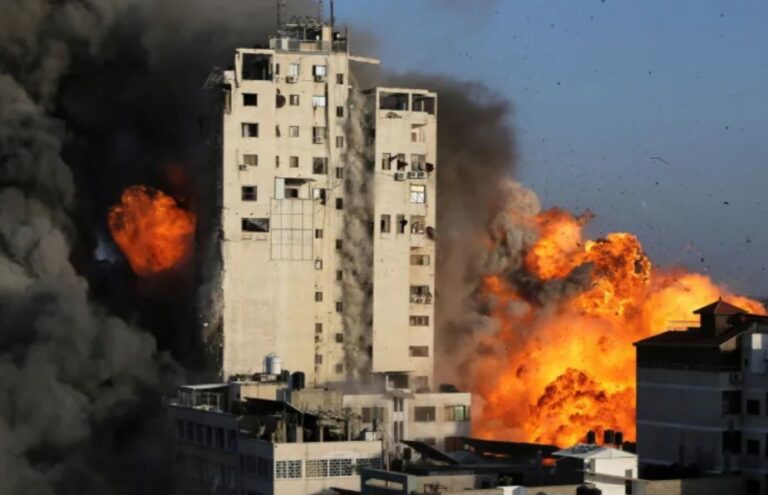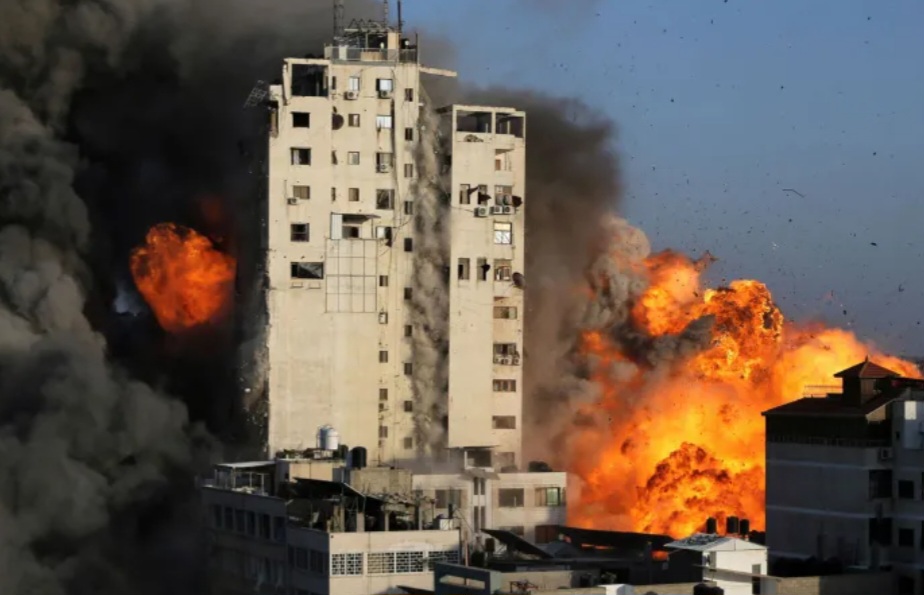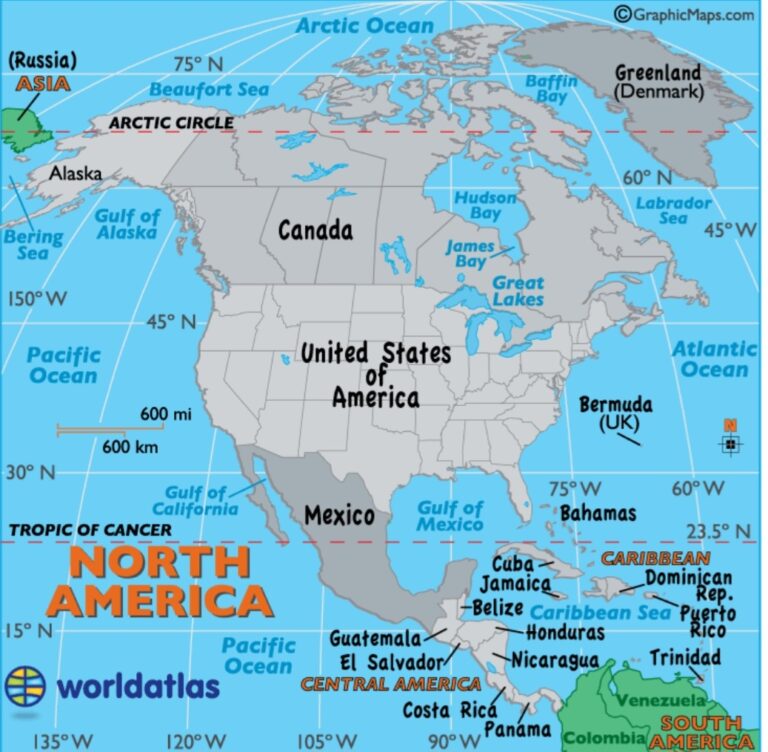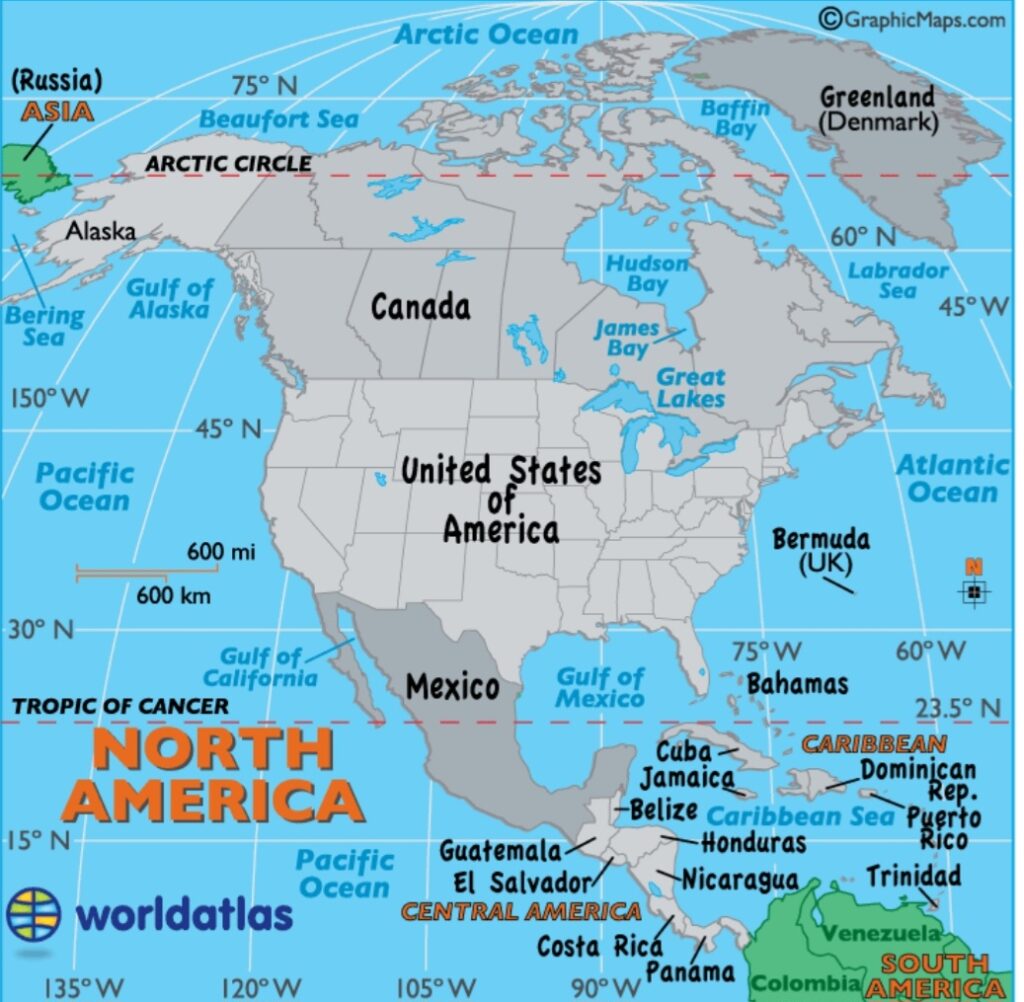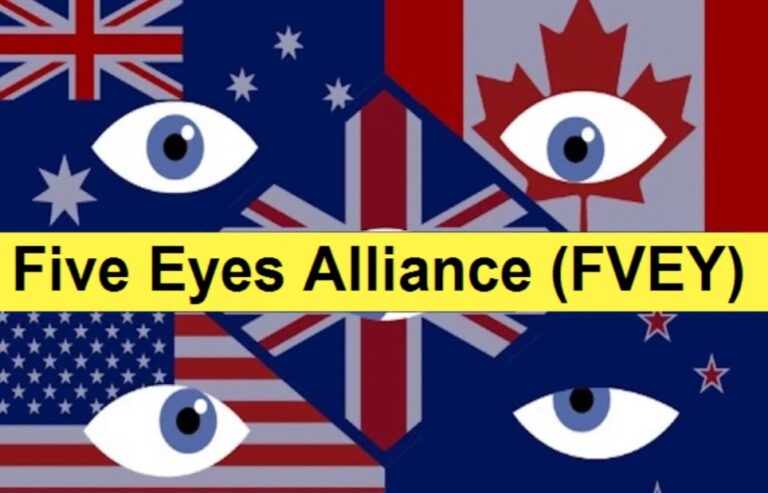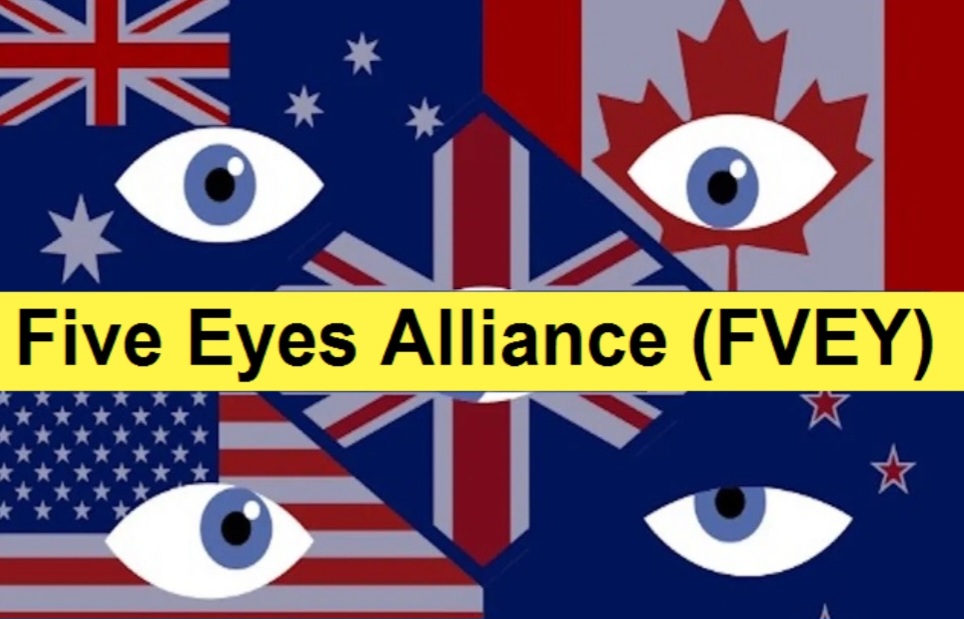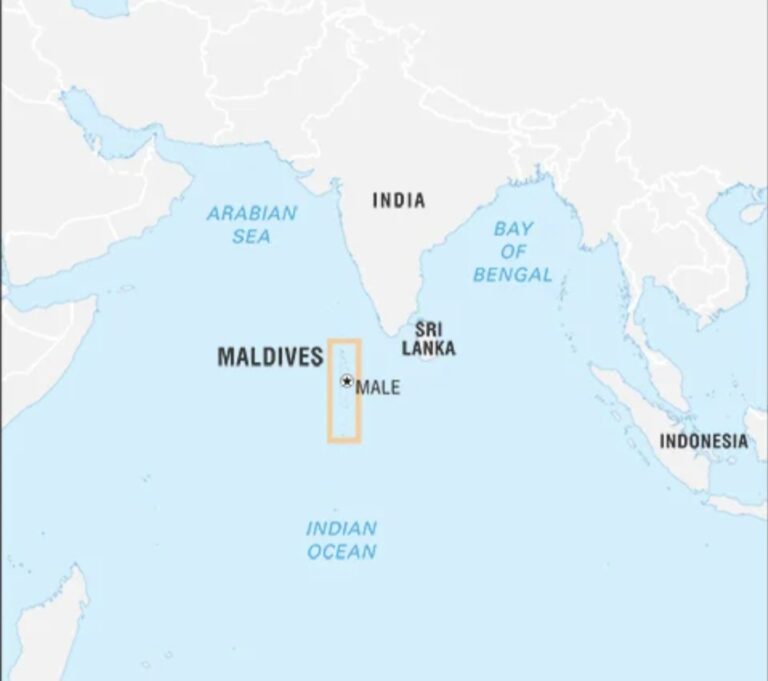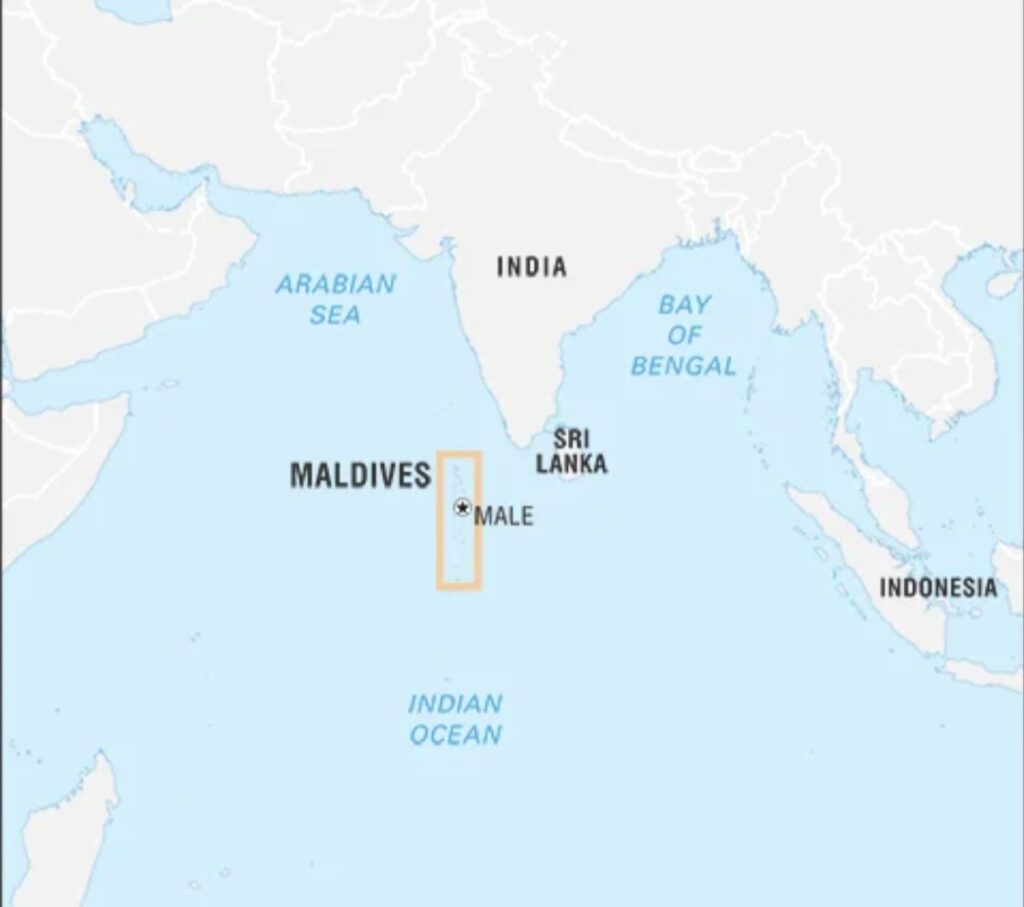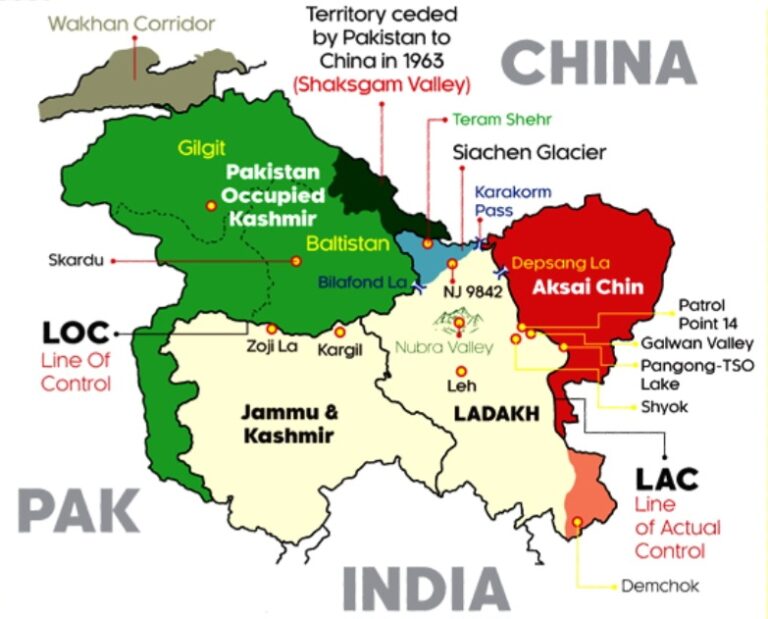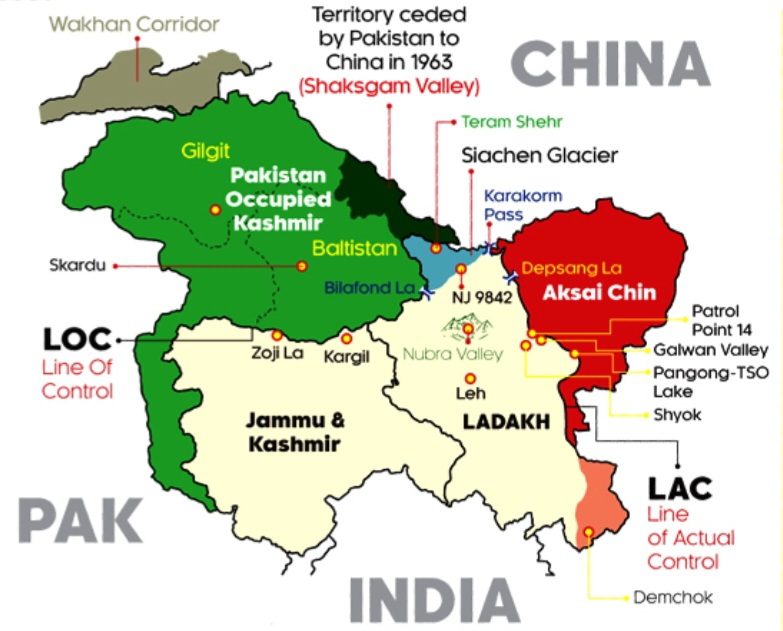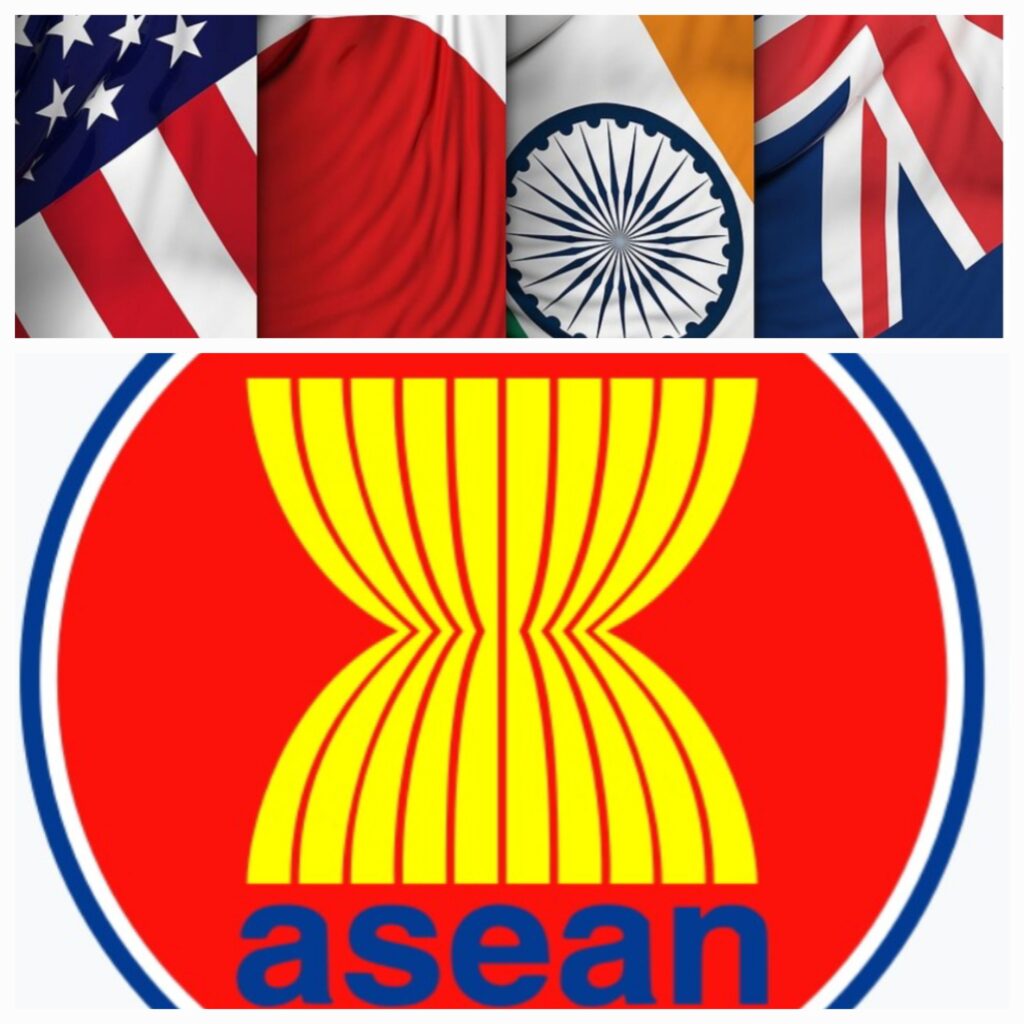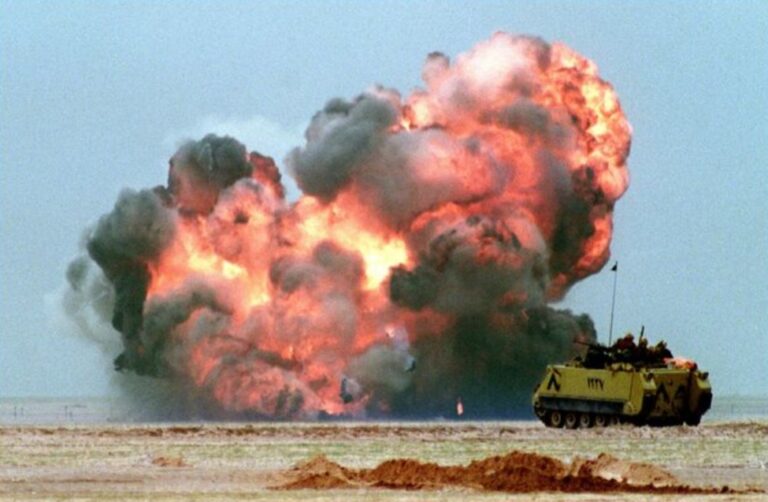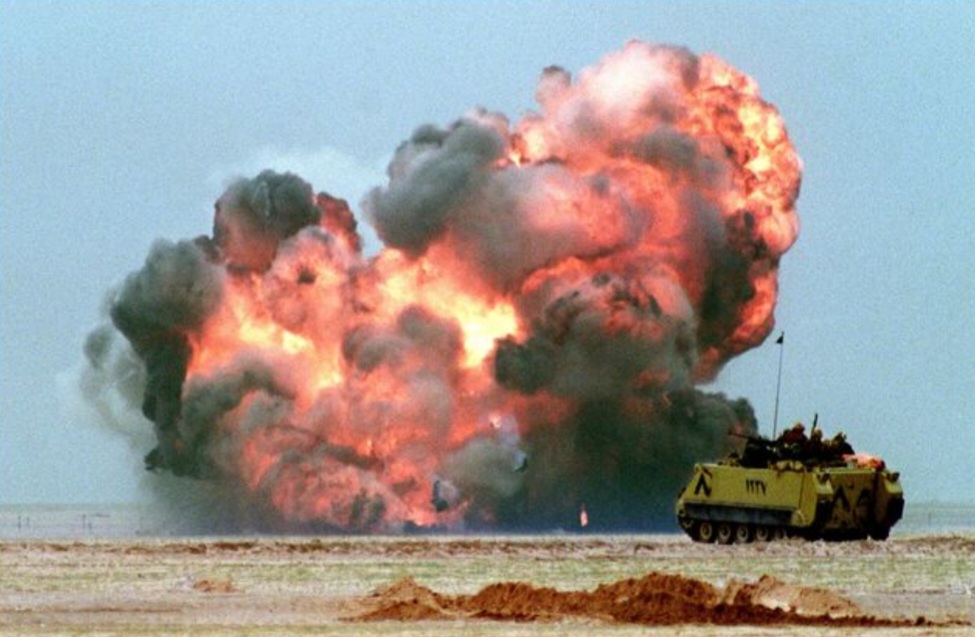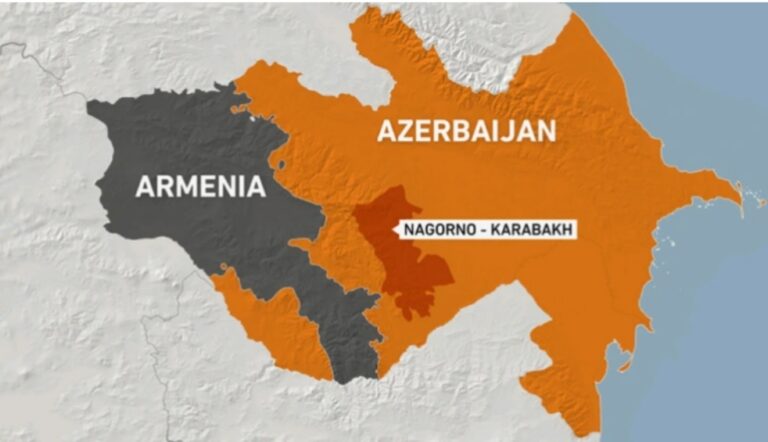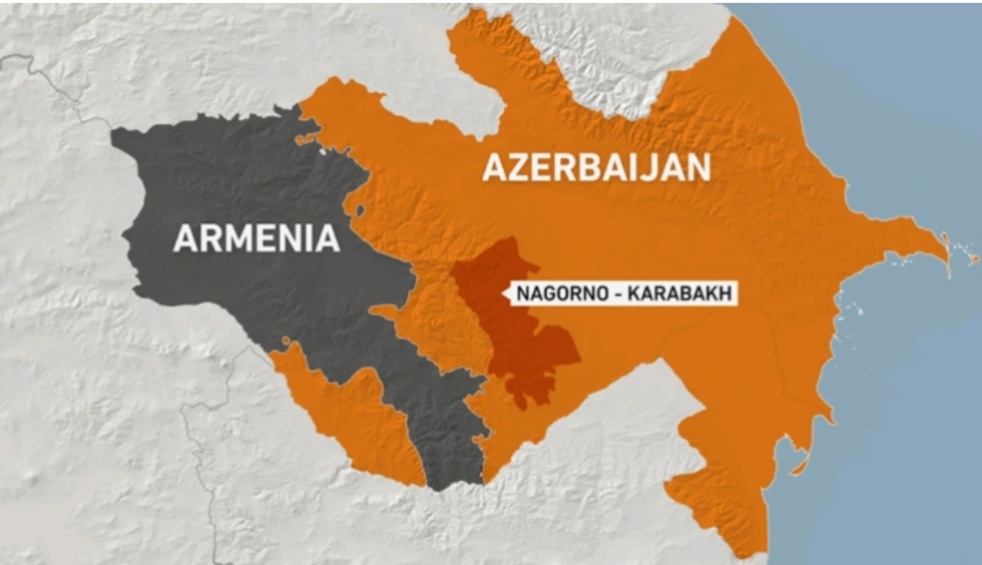By: Darshan Gajjar, Research Analyst, GSDN
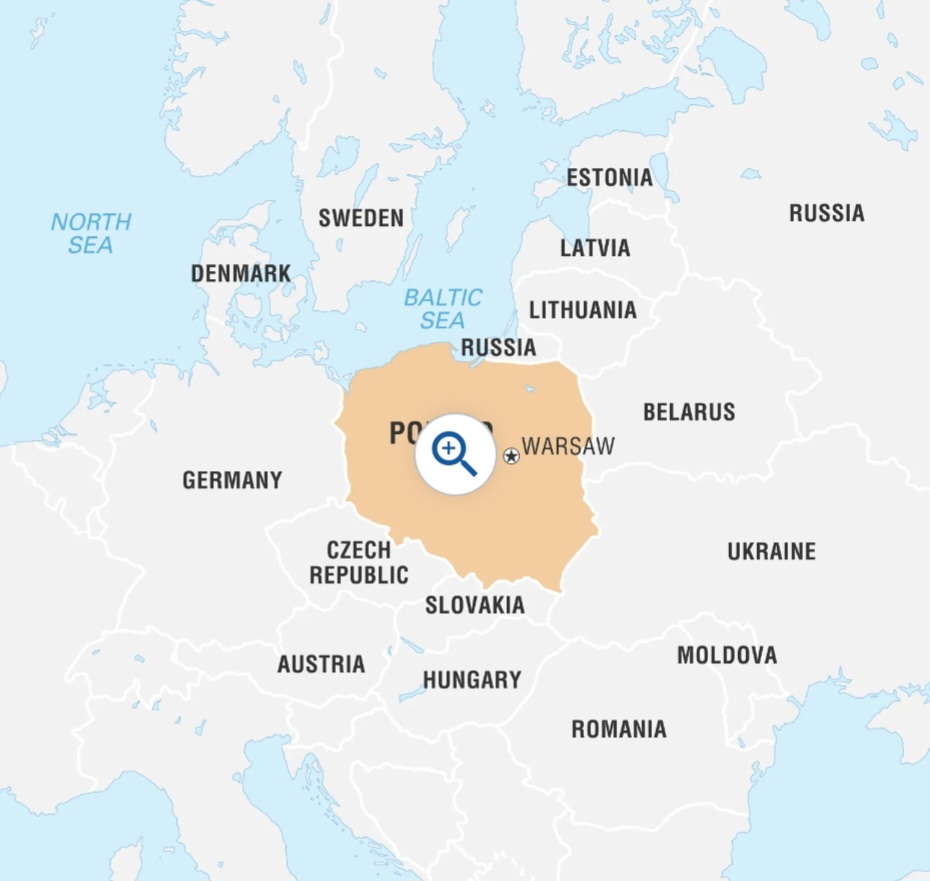
American President Abraham Lincoln famously remarked, “Elections belong to the people. It’s their decision. If they decide to turn their back on the fire and burn their behinds, then they will just have to sit on their blisters.” Elections in a democracy are always interesting, especially when they have the potential to shape and change the geopolitical dynamics not only for the region but also for the world at large.
Recently, on October 15, 2023 the Republic of Poland held its parliamentary elections, which are being held on a regular basis four years apart. The Polish constitution does not mention any body such as the parliament; instead, it provides the composition of a bicameral legislature, with the Sejm being a lower house akin to the House of Representatives in the USA and the Senate being an upper house.
To be precise,Article 95 of the Polish Constitution states that, “Legislative power in the Republic of Poland shall be exercised by the Sejm and the Senate,” further the same article also mentions that, “The Sejm shall exercise control over the activities of the Council of Ministers…” During the October 15 election, seats for both houses were contested.
This piece aims to provide a geopolitical analysis of that election and its implications on the country’s politics, in addition to analysing Poland’s relationship with the European Union (EU), stance on the ongoing Ukraine conflict, and broader implications for populist policies in Europe.
Results of the Elections
The current elections saw the one of the highest turnouts of voters, nearly 74%, the highest since the fall of communism in 1989. As per the final count, the incumbent PiS (Law and Justice Party) got 35.4% of votes, with the centrist Civic Coalition securing 30.7% and the centre-right Third Way getting 14.4% of votes, in addition to the Left with 8.6% and the far-right Confederation with 7.2% of the votes.
In numerical strength, the Law and Justice party takes 194 seats in parliament, followed by the Civic Coalition with 157, the Third Way with 65, the Left with 26 and Confederation with 18 seats.
Although the incumbent PiS is the largest party, it did not garner enough seats to form the majority even with its coalition partners. Thus, paving the way for the change of government with PiS losing the reign of power for the first time since 2015. Former European Council President and Prime Minister Donald Tusk is expected to lead a new coalition with his Civic Coalition, which will partner with the Third Way and the Left, who together hold 248 seats.
However, it will not be a cakewalk for Mr. Tusk to become the Prime Minister. As per Article 154 of the Polish Constitution, the President will have to appoint a Prime Minister within 14 days after convening the first session of the newly elected Sejm. The current President Andrzej Duda, a PiS ally, has signalled picking up a person from the winning party, i.e., the party with the greatest number of seats, which is PiS in this case. In due course, however, Mr. Tusk is believed to be the new Prime Minister. Let’s look into the various policy changes and implications that Mr. Tusk has suggested during his campaign.
Ukraine Policy
Strategically the location of Poland makes it one of the most important countries in Europe. Since the start of the Russia-Ukraine war last year, the former Warsaw Pact country has proven to be instrumental in many ways, from accepting refugees to sending important weapons to Ukraine from western countries.
Poland is not directly involved in the Russia-Ukraine conflict; however, it has been actively involved in providing humanitarian aid to Ukraine, which includes providing shelter, medical assistance, and support for Ukrainian refugees.
Further, Poland has provided Ukraine with 320 Soviet-era tanks and 14 MiG-29 fighter jets in terms of military aid. However, in early August this year, a diplomatic rift emerged over the grain deal.
The European Union had brokered a deal between Poland and four other neighbouring countries to ban grain imports from Ukraine to protect their domestic farmers; with the condition that they must allow the grain to cross their territory into other countries. The agreement was set to expire on Sept 15, 2023 but Polish officials have called for extending the restrictions. Eventually, on September 21, 2023 Ukraine filed a complaint with the WTO, against Hungary, Poland, and the Slovak Republic over the ban and threatened retaliatory import restrictions.
This move did not go well with Prime Minister Mateusz Morawiecki, who was facing an election just next month. Subsequently, Poland has suspended all military aid to Ukraine, citing military modernization plans. Experts believe that the populist Polish PM invoked the grain issue for the benefit of their rural voters rather than for them to solve it.
However, it is clear from the results that such a move failed to materialise and yield any results. Now, one of the prime tasks that the new government has to perform after being sworn in will be to make sure the engagement with Ukraine on all fronts is back on track.
Mr. Donald Tusk is believed to be pro-Ukraine and keen on resolving disputes and enhancing engagement. During his political campaign, he even called for unwavering military aid to Ukraine to defeat Russia in addition to moral and diplomatic support.
Under a new Prime Minister, Poland would likely have remained a key player in channelling humanitarian aid for Ukraine and supporting sanctions against Russia, among other things.
Relations With the EU
Due to the populist policies of PiS and the divergence of interests between conservatives in Poland and progressives in the EU, the relationship between Brussels and Warsaw saw a rough patch in the last few years, which is expected to hit a reset once former European Council President Mr. Tusk takes over the executive.
It is obvious that Mr. Tusk is deeply pro-European Union (EU). Many EU officials are keen on restoring liberal democratic principles in Poland. Mr. Tusk has promised to do so during his election campaign. Thereupon, the EU will most likely unlock billions of euros in EU funding that was allocated to Poland as part of the COVID-19 pandemic recovery fund, which was frozen due to the EU citing a threat to the independent judiciary in Poland, further increasing tensions between Warsaw and Brussels. “Poland must use all methods possible to access frozen European Union funds,” said Mr. Donald Tusk during his trip to Brussels on October 25, 2023.
Among other things, in last few years, Poland also criticised the EU’s centralised model, citing threats to its sovereignty. Additionally, it has refused to cooperate with the EU on the European Green Deal and has outright rejected the EU’s migration policies concerning the Middle East and North Africa (MENA) region. Amid growing geopolitical tensions in the region, it becomes extremely necessary for Poland to amend its ties with the EU, strengthening overall European security vis-à-vis Russia.
Way Forward
The result of the election in Poland serves as a reminder for countries around the world that populism alone will not be enough to help them sustain power. PiS’s excessive authoritarian policies, along with interfering in the domain of the judiciary, a hyper-adversarial attitude towards the LGBTQ+ community, and blind opposition to the EU, were rejected by Polish voters.
As mentioned earlier, there may be some initial constitutional hindrances in front of Mr. Tusk, like the President calling PiS to form the government due to it being the largest party in the Sejm. Even after becoming Prime Minister for Mr. Tusk, the immediate reversal of policies will not be possible.
This election may be the first of many European elections that may take a pro-EU shift in the future. With due deliberation with his coalition partners, the new government has to make sure the relationship with the EU picks up from where it was raptured, in addition to making sure that support for Ukraine doesn’t fall short in the domestic population, for it is consequential since Poland is a NATO ally and plays a very crucial role in deterring Russia against the West.


